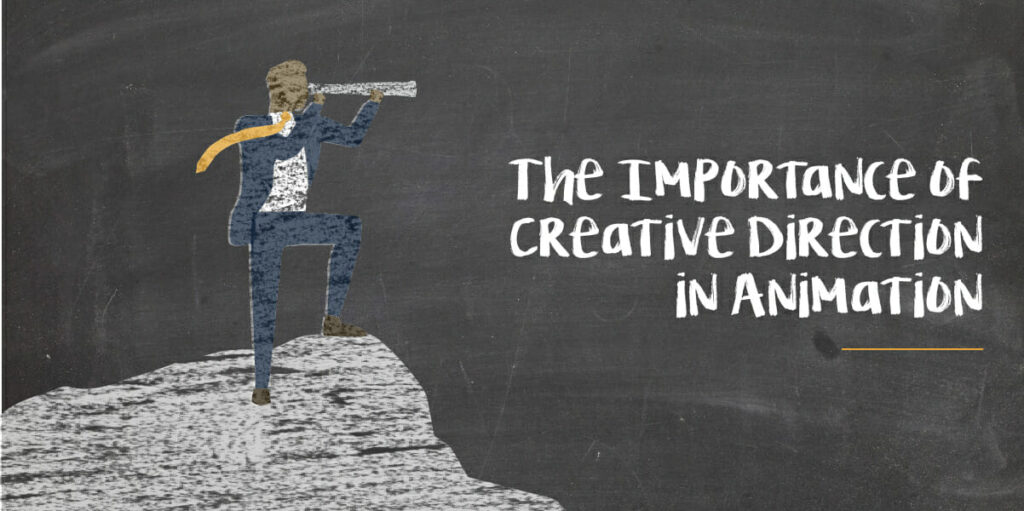Back in the 1900s, when the United States was developing the Southwest region of the country, plans were made to harness the power of the Colorado River to irrigate potential farmland. Known as one of the principal rivers in the United States, it was a valuable but seemingly uncontainable resource. After years of planning and construction, the Hoover Dam was opened in 1936, providing a sustainable channel for the water to be used by farmers.
What does this have to do with a digital agency in 2019? Well, picture your next animated video as the uncontainable Colorado River. You might need some creative direction to know how to properly market and tailor your animation to your customers without overwhelming them. Here are a few things to consider when approaching your next animated video:
Audience
Creating an animated video for a power tool is very different than creating an animated video for a new healthcare plan. Both might utilize the same principles of motion, but both will be targeted to different audiences. The audience interested in your new power tool might be a 30-40 year old male with a more rugged side. On the other end, your audience that is interested in your new healthcare plan might be in the 60-70 year old bracket with a vested interested in making sure all of their medical needs are taken care of. Your audience will dictate how you approach the substance of the script and how that is communicated visually to your customers. Reaching Millennials will require a different approach than reaching Baby Boomers.
Tone
Brand image is everything and having a slick animated piece that cohesively goes along with it is everything. Are you the cool new kid on the block looking to make a big splash? Or do you want to be known as the dependable person who your customers know will always be there? This all relates back to how you want your customers to feel. If they saw your animation, what do you want them to feel? Your tone will dictate colors, pacing, scripting, music, etc. Knowing who you are and how you want your customers to feel will go a long way in the creative direction of your animation.
Style
There are many different styles of animation. For example…
Kinetic Typography: A more text heavy animation style that features moving text on screen. This animation style is great for low budgets with the need to understand the animation without having to turn the sound on.
- This Fill Your Frames – CBS animation uses kinetic typography
2D Explainer: Explainer videos can take complicated processes and abstract them so people can easily understand them. You can create characters or make memorable transitions that will leave whoever watches your animation feeling impressed.
- This Cryoport: Cryostork animation is a nice 2D Explainer
Cel Animation: Cel animations are digitally hand drawn animations. This process requires an excellent artist who can utilize specialized software to create a power-piece for your organization.
- This 2019 Toyota Presidents Day – 4Runner video uses Cel Animation
3D: If you want to up the ante of your project, throw in some 3D. This adds quite a bit more complexity to your animation as you are no longer bound by moving up and down, left and right, but can now move through z-space. This can add significant dollars to the project. But if the price is right, the results can be stunning.
- This Allied Telesis – SwitchBlade x908 video uses 3D animation
But even within those styles there are so many different sub-styles: hand-drawn, textured, vector, characters, etc. To channel your business through animation, you need to understand what style your animation needs to be in. What will reach your audience? What kind of tone will fit within your brand image? What style will bridge the gap between these two?
For instance, here are two animations made that both utilize characters and brand colors but have two completely different tones:
So the next time you want to harness the potential of your next animated video, consider using a little creative direction to help channel the full potential for both you and your customers.








